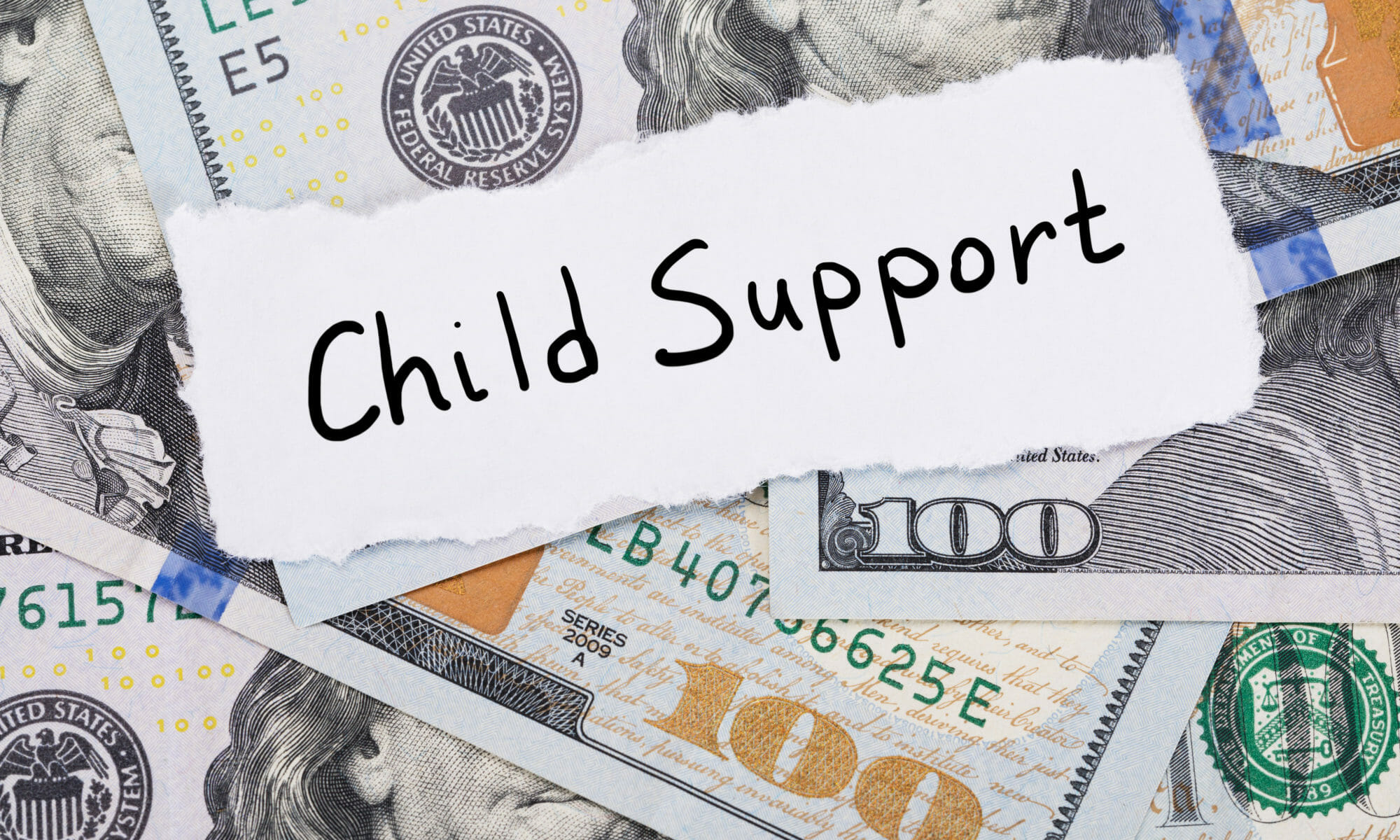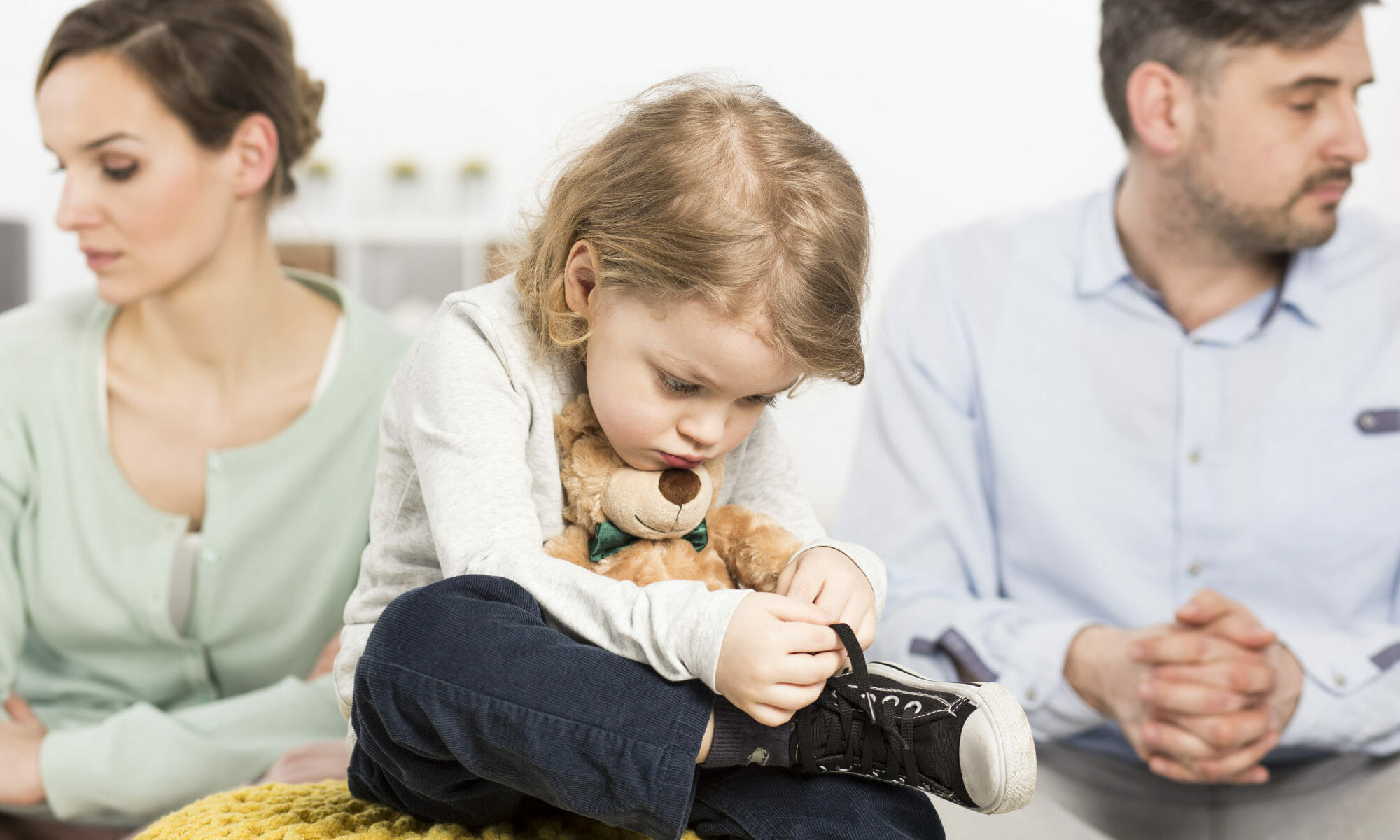Of the 13.6 million custodial single parents living in the US, about half of them had some type of legal or informal child support agreement in place in 2018.
If you’re a single parent, you should have a basic understanding of child support eligibility. Every parent in the US must contribute financially to the raising of his or her child—unless parental rights have been legally terminated.
Child support eligibility and amount varies depending on your individual needs and circumstances. Keep reading for an overview of child support and the eligibility requirements that allow for child support payments.
What Is Child Support?
As a child matures, the parents have a financial responsibility to support them. It’s assumed that—if you are the custodial parent— you will fulfill your financial obligation. However, if your child doesn’t live with your ex, they may have to pay support to you.
Child support payments are ordered by a court and are required until your child reaches the age of 18, is active-duty military, or the court declares your child emancipated. The non-custodial parent may be required to make payments beyond childhood if your child has special needs.
If you agree that the non-custodial parent no longer has to pay child support, the court may legally terminate their parental rights and any financial responsibility. They may also do this if someone else adopts your child.
Responsibility for Child Support Begins with Custody
While each state has different guidelines, the court typically determines the final amount of child support payments. The judge begins the discussion of child support with custody.
The non-custodial parent is typically responsible for most of the child support if you have sole custody. If you’re a stay-at-home provider or work part-time to care for your child, you may not be able to financially support the child on their own. The child support payment amount will reflect this.
Joint Custody and Child Support
When parents share joint custody, calculating child support payments is more complicated. Determining child support payments in joint custody cases usually accounts for two factors.
The first factor is the percentage each parent contributed to the joint income during their marriage. The parent who contributed more to the joint income will pay more towards child support.
The second factor is the percentage of time each parent has physical custody of the child. The court will assume that whoever has the child more often will assume most of the financial responsibility. The parent that spends less time with your child will pay more because the other parent devotes more of their physical, financial, and emotional resources.
It would be easier to determine child support payments if there was a clear-cut formula, but that’s not the case. The amount depends on individual factors that are unique to each custody situation and child.
How Child Support Payment Amounts Are Determined
To determine amounts of child support, the court looks at the parents’ income and the time each parent has physical custody.
The court may identify income in several ways, including:
- Wages
- Tips
- Commissions
- Social Security benefits
- Self-employment earnings
- Bonuses
- Annuities
- Interest
- Workers’ compensation
- Veteran’s benefits
- Private or Government Retirement benefits
- Pensions
Determining Child Support for Previously Unmarried Parents
Don’t make the mistake of thinking someone doesn’t owe child support because they were never married to the other parent.
Unmarried parents are still responsible for child support, but determining the amount becomes more complicated. Whether the child ever lived with both of you, your resources, the non-custodial parent’s income, and the ability to make payments factor into determining the amount of child support.
The time each of you actually spends with your child will also come into play.
Just as is the case for divorced parents, children are entitled to support from parents who were never married. Stepparents, however, don’t need to legally financially support their stepchildren. They can adopt the children, but this would terminate the biological parent’s requirement to pay.
Additional Factors that Affect Child Support Requirements
Don’t go into child support proceedings blind. Know what to expect by acquainting yourself with the process in your state.
Once a judge sets custody and reviews the unique circumstances of your case, he or she will set the number and amount of support payments based on several factors, including:
- Your child’s quality of life prior to the parents’ divorce
- The income of the parent who has to pay child support
- All expenses associated with providing for your child
- The specific needs of your child
- The income and other resources available to you
The more a parent earns, the more they will be expected to pay in child support. Courts are good at recognizing financial hardship, and they’re able to calculate what a non-custodial parent needs to live while supporting the child.
Judges also look at what your family’s living conditions were prior to the split. If your child is used to a high standard of living, the non-custodial parent may have to pay enough to help your child maintain that quality of life.
The court also takes into account the resources you, as the custodial parent, has access to. If you make a good income, the other parent may not have to pay as much. They’ll also look at your support system, including any family members that help financially.
Adjusting Child Support Payments
Child support payment requirements are listed in court orders, so it takes legal action to amend them. However, any change in circumstances may mean your child support payments must be revised.
If you decrease the time your child is physically in your custody, and they spend more time with the non-custodial parent, the court may lower your child support payments. A judge might also reduce child support payments if the parent paying support loses their job and is unemployed. They may do the same if the other parent is forced to take a job that pays less.
Judges are not as accommodating to parents who quit their job out of laziness, to pursue a hobby, or to go back to school. They do look at getting fired differently than voluntarily leaving a job—especially if it seems like the parent quit their job to avoid making child support payments.
Temporary changes to child support payments are granted when emergency strikes, or if the non-custodial parent is facing short-term financial hardship. At the same time, you may receive extra child support if you suddenly experience financial difficulties.
You must go to court to have child support amounts legally changed, even if you agree to changes to the payments.
Consequences of Not Paying Child Support
Because the court sets the amount of child support payments, they can take action if the non-custodial parent refuses to pay. Consequences include:
- Property seizure
- Suspension of your driver’s license
- Suspension of your business license
- Tax refund interception
- Arrest and time in jail
- Wage garnishment
It’s vital that the non-custodial parent notifies the court if it’s suddenly difficult for them to pay support as ordered before the problem gets out of control. Most judges have no patients for missed child support payments, so they must be upfront and honest about any financial hardship.
What Happens if Payments Stop?
If you’re receiving child support and the other parent stops paying, you must contact your state or district attorney. State agencies must help you collect any delinquent child support payments—this is according to federal law.
See if your state has a Recovery Services office. They will help you track down the other parent and recover missed payments that are owed to you.
As you can see, it’s essential to keep records of the payments received, as well as copies of the court orders that establish the payments and schedule. You can easily get the help you need to collect delinquent payments with this information.
Is Support Connected to Visitation?
In some cases, parents threaten to withhold payments amid visitation disagreements.
If you don’t let the other parent see your child as ordered by the court, your ex cannot retaliate by withholding or threatening to withhold child support payments. This practice is illegal and is hurtful to your child.
The court views visitation and child support as separate issues. Never withhold visitation because you’re expecting a payment that hasn’t arrived yet. If the non-custodial parent doesn’t get to exercise their visitation rights, they can take you and any evidence to the court to have the agreement enforced.
Each of you should do your part in providing for your child and ensure visitation isn’t disrupted when there are disagreements over support.
Income Taxes and Child Support
Do you have to pay income taxes on child support from your ex on behalf of your children? No. And the parent who pays child support cannot deduct it from their income.
Can I Claim My Child as a Dependent?
Whichever one of you claims your child as a dependent on your taxes is eligible to receive a significant tax deduction.
In most cases, whoever has the child for most of the year claims him or her as a dependent. Both parents can’t claim the same dependent—only one of you can claim your child on a tax return.
If you and your ex cannot agree, it’s best to get a knowledgeable tax attorney involved. You and the non-custodial parent might be on the same page about who claims your child as a dependent. Either way, it can help to have an experienced tax attorney work out the intimate details of the deduction.
Can the Dependent Tax Exemption Be Transferred?
For each individual claimed as a dependent, the IRS allows a taxpayer a single exemption.
There are cases in which the non-custodial parent can receive an exemption for your child. If you complete and sign Form 8332, you can transfer the exemption to the other parent. The other parent should file the form with their tax return.
If you make a low-income and won’t benefit from the exemption, you might choose to transfer your exemption.
If your ex has a higher adjusted gross income and can benefit from the deduction, they can do something in return for the deduction. You can even use this as a bargaining child in divorce settlement negotiations.
You can also arrange to allocate the dependents between the two of you if you have multiple children. The best thing to do is to check with your attorney and work out a situation that benefits everyone involved.
It’s possible to agree in this situation, especially if the two of you find yourselves in different income tax brackets.
Don’t Miss Out On Child Support Payments
Raising a child comes with a financial burden, especially when single.
If you’re the custodial parent to your child, you must ensure you receive your legally granted child support from your ex.
Make sure you understand your state’s laws associated with child support payments, and always keep records of any payments received. You never know when you might have to prove that the other parent is delinquent on payments.
Have you been searching for resources on paying or receiving child support? What challenges have you faced? Do you have experiences to share? Share this article with your comments to help others as they search for answers.











